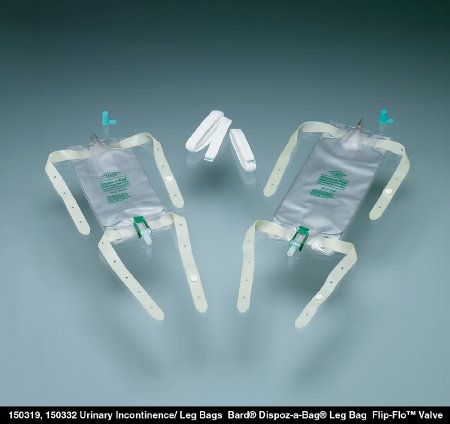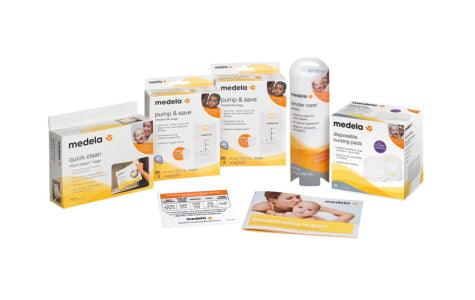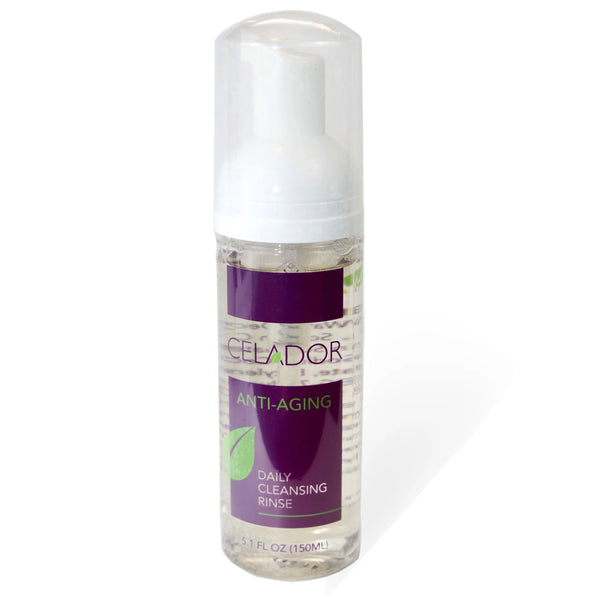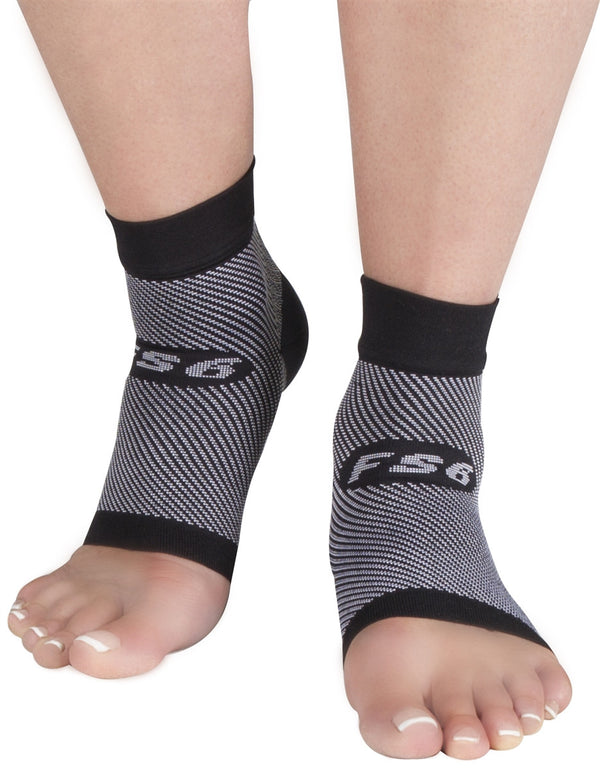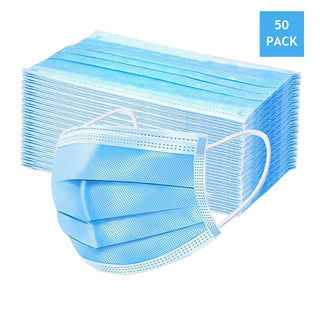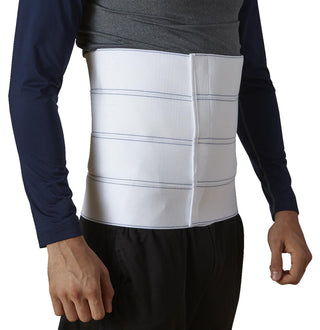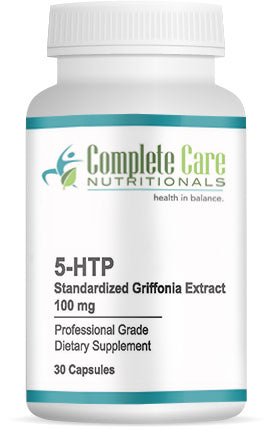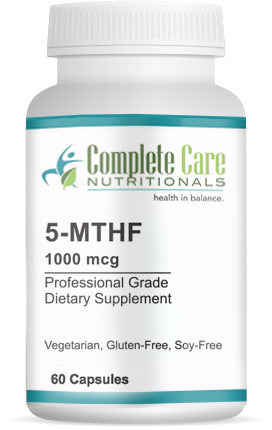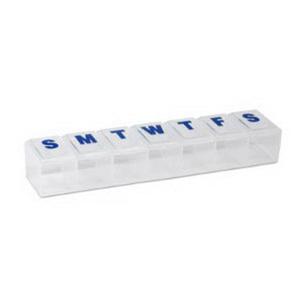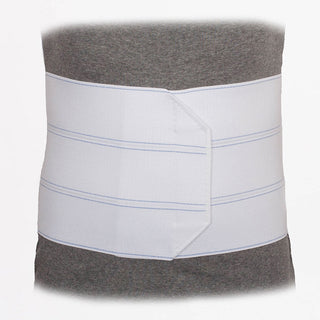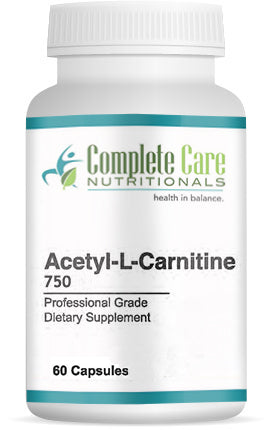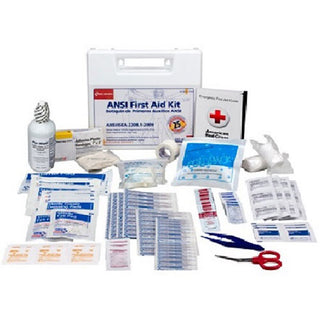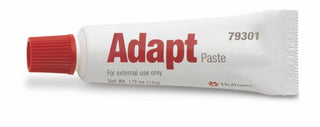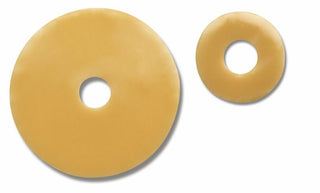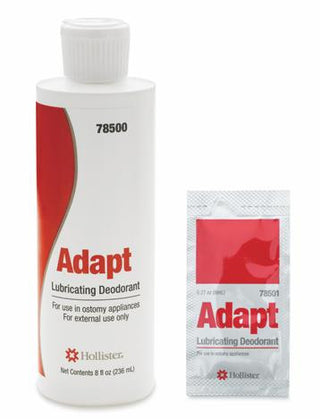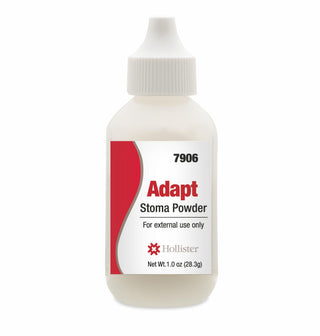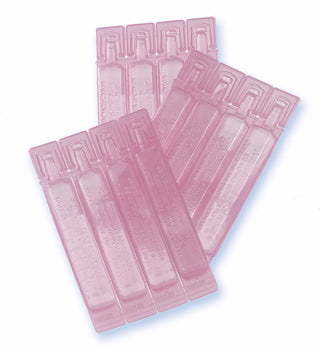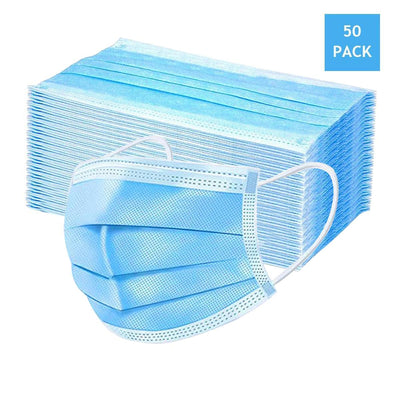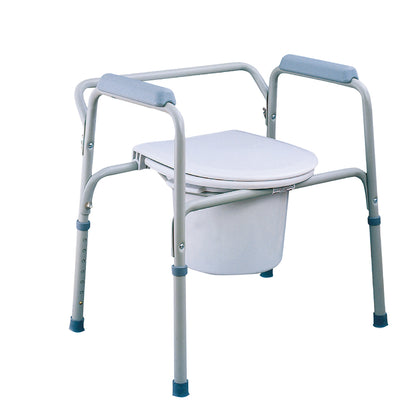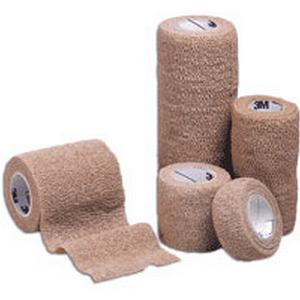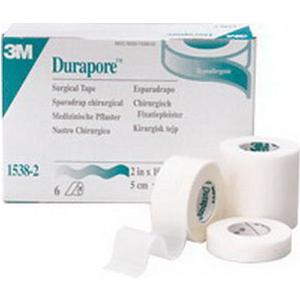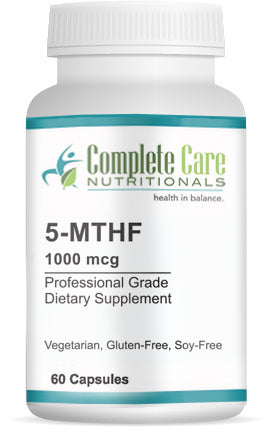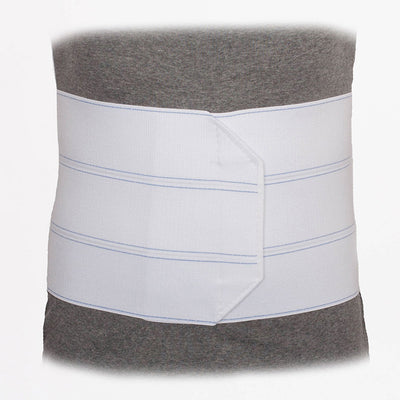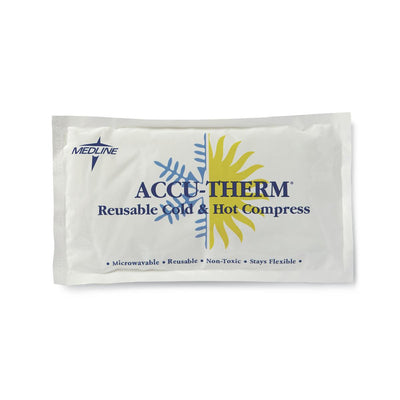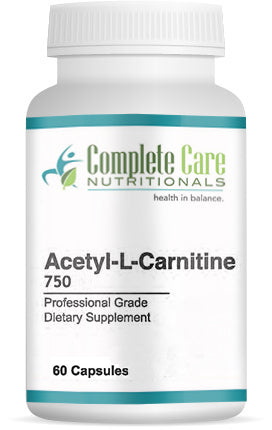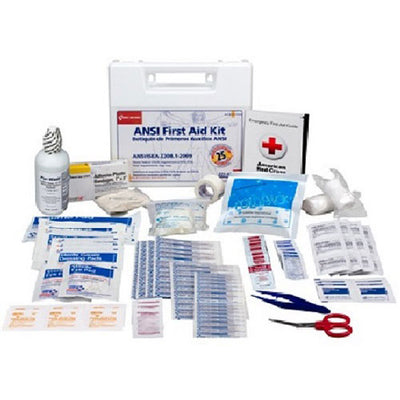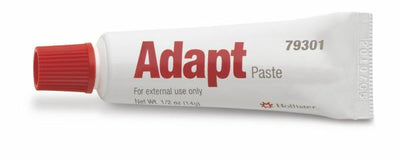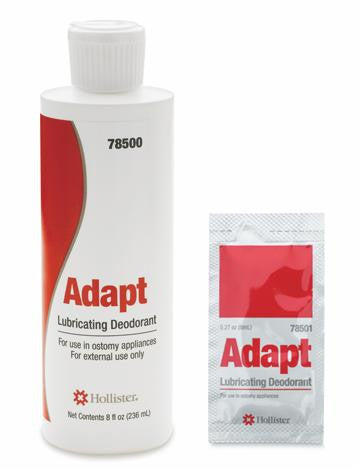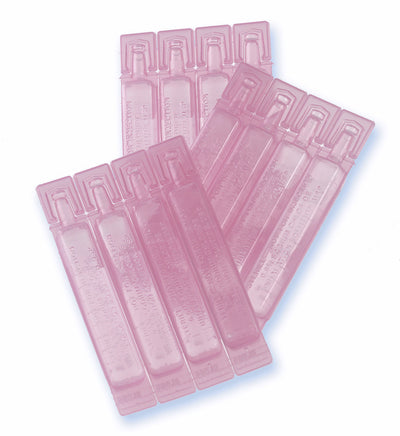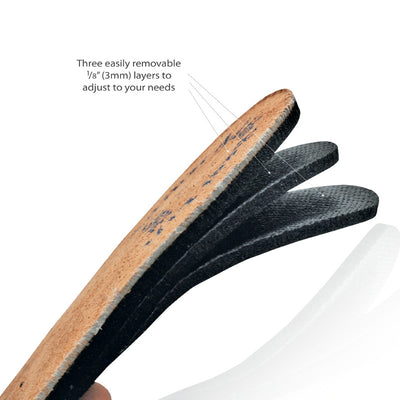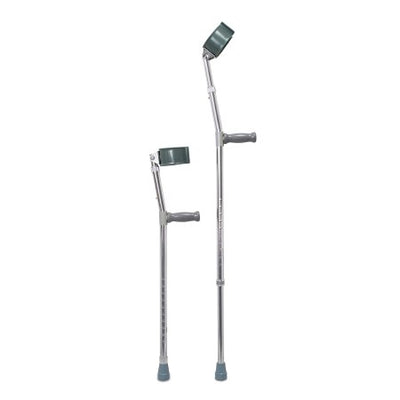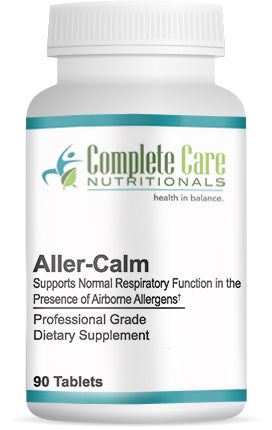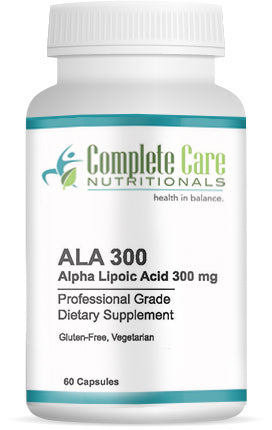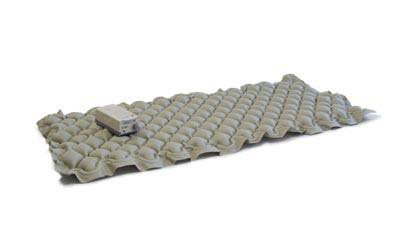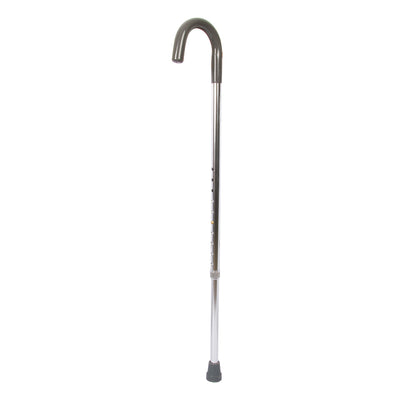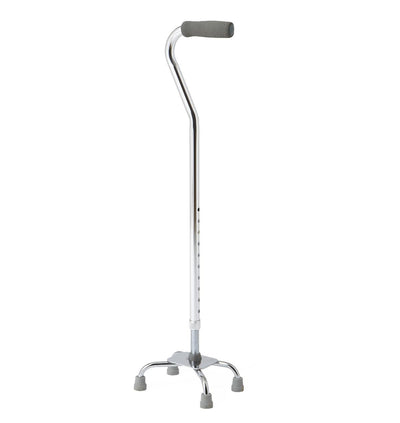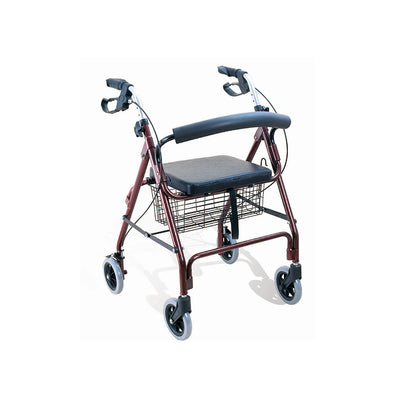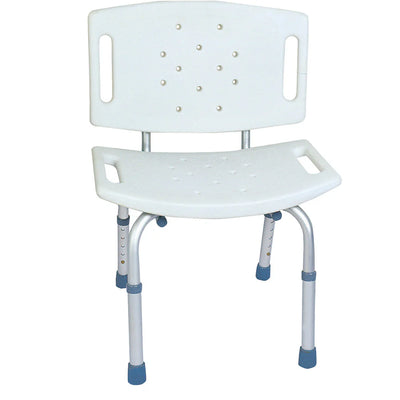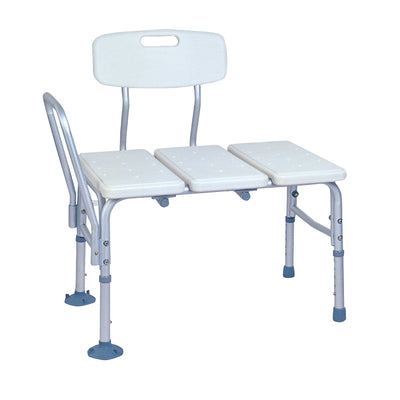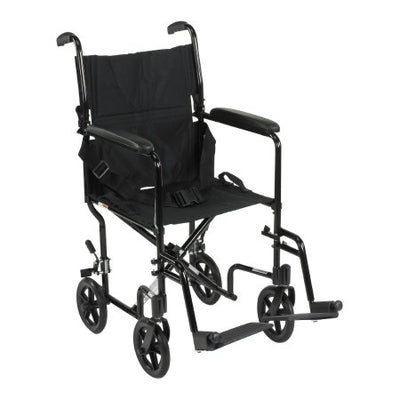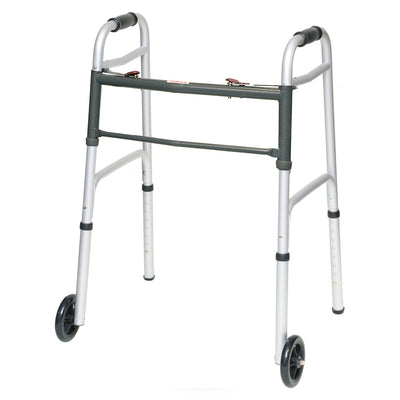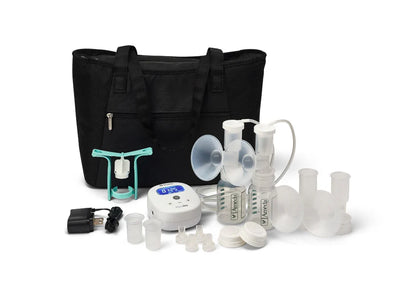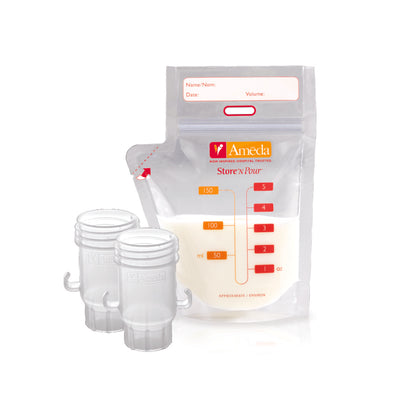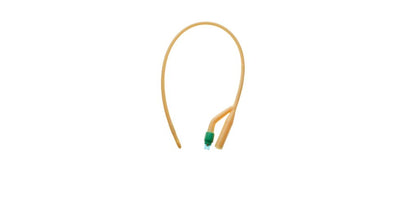-
Blockage cause: Low or poor urine flow
If you've had a lower fluid intake than usual or notice that your urine isn't flowing into your drainage bag in the usual way, it's possible that you have a catheter blockage. To prevent this issue, you need to make certain your fluid intake is consistent; your doctor may even recommend that you increase it, depending on your circumstances. You should also take care to empty your drainage bag regularly. If your bag is more than two-thirds full, this can impact flow. Make sure there are no kinks in your catheter tubing and that your bag is positioned lower than your bladder. You may also need to limit your caffeine and/or alcohol intake. -
Blockage cause: Lubricant or biofilm buildup
If you self-catheterize, you may use lubricating gel to do so. Sometimes, this gel blocks the catheter drainage holes, which can prevent urine flow. However, this lubricant gel is water-based. This means it will dissolve within a couple of minutes. If you find your urine flow is blocked and you've just inserted your catheter, you may want to wait a minute or two to see if the gel might be the reason. In other cases, biofilm may start to build up. This biofilm is linked to your urine's calcium and pH levels. Good general hygiene can prevent biofilm buildup, as well as using a closed catheter system and maintaining proper technique when changing catheters. -
Blockage cause: Urinary tract infection
There may be times where the blockage may not be within the catheter itself but may instead be in your body itself. Catheter-related UTIs are not uncommon, but they can be dangerous if left untreated. If you experience back or bladder discomfort, bleeding, burning, soreness, foul-smelling or cloudy urine, or itching -- or have a high fever or feel unwell in general -- you should see your doctor immediately. To lower your risk of developing a CAUTI, you should clean the catheter and around it on a daily basis; empty, clean, and change your drainage bags as recommended by your doctor; and wash your hands before and after doing any of these tasks.
Catheter Blockages: Top Causes and Prevention Tips
← Older Post Newer Post →








